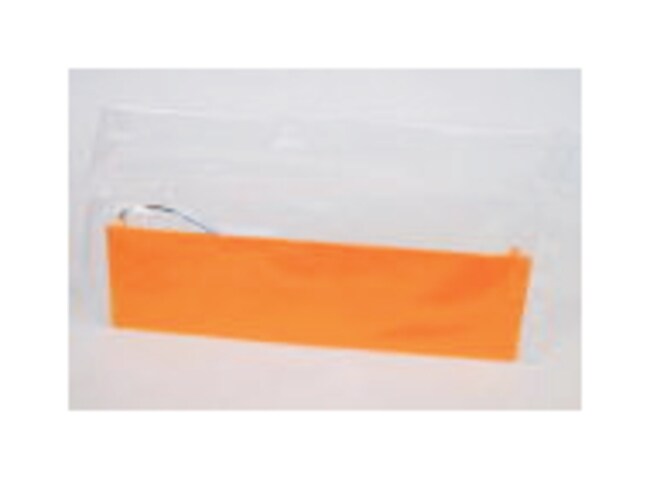
In addition, a supportive medium is present in electrophoretic systems like gel and paper electrophoresis.īuffers carry applied electric current and provide appropriate pH for the process. Power supply drives the movement of ionic species in the medium and allows adjustment and control of either the current or the voltage.Īn electrophoretic system depends on its type but essentially consists of two electrodes of opposite charge (anode and cathode), connected by a conducting medium called an electrolyte. However, all the electrophoretic system possesses two essential components: Modern electrophoresis equipment and systems vary based on its types and forms. The pH of the buffer Electrophoresis Instrument.Viscosity and pore size of supporting medium.Electrical parameters, like current, voltage, and power.The external factors affecting the rate of movement of ions are: Size and shape of the molecule External factors.The inherent factors that affect the velocity of ions are: The velocity of ions depends on both inherent factors and the external environment. Factors Affecting the Rate of Ion Mobility Hence, protein bears a negative or positive charge depending on solvent pH and isoelectric point. At the same time, they are positively charged in acidic conditions and move towards the cathode. Such compounds have negative charge in normal conditions and migrate towards the anode. Ampholytes, like proteins, bear both positive and negative charges. Hence they move towards the anode in DNA electrophoresis.

Nucleic acids have negative phosphate backbones. It is an incomplete form of electrolysis as the electric field is removed before the molecules reach the electrode, yet the molecules separate due to electrophoretic mobilities. The molecules move through a sieve-like compound based on the molecular mass and charge ratio. The separation of the molecules, ions, or colloidal particles suspended in the matrix occurs due to the force of an electric field. In contrast, the positively charged molecule migrates towards the cathode (a negative terminal). Thus, the electric field allows the migration of the negatively charged molecule towards the anode (a positive terminal). These molecules exist in solution as electrically charged species, cations (+), or anions (-) at any given pH.

Neutral molecules will be separated at a time between to and tmc.Biological molecules, like amino acids, peptides, proteins, nucleic acids, and nucleotides, possess ionizable groups. The presence of micelles results in a retention time to where the solute has little micelle interaction and retention time tmc where the solute strongly interacts.

When micelles are not present, neutral molecules will migrate with the electroosmotic flow and no separation will occur. Hydrophobic molecules will spend the majority of their time in the micelle, while hydrophilic molecules will migrate quicker through the solvent. Because of the electroosmotic flow toward the cathode, the micelles are pulled to the cathode as well, but at a slower rate. The aggregates have polar negatively charged surfaces and are naturally attracted to the positively charged anode. Micelles are aggregates of surfactant molecules that form when a surfactant is added to a solution above the critical micelle concentration. MEKC is a separation technique that is based on solutes partitioning between micelles and the solvent. Micellar Electrokinetic Capillary Chromatography (MEKC) The electroosmotic velocity can be adjusted by altering pH, the viscosity of the solvent, ionic strength, voltage, and the dielectric constant of the buffer. Cations with the largest charge-to-mass ratios separate out first, followed by cations with reduced ratios, neutral species, anions with smaller charge-to-mass ratios, and finally anions with greater ratios.

Anions in solution are attracted to the positively charged anode, but get swept to the cathode as well. \)) that drags bulk solvent along with it.


 0 kommentar(er)
0 kommentar(er)
